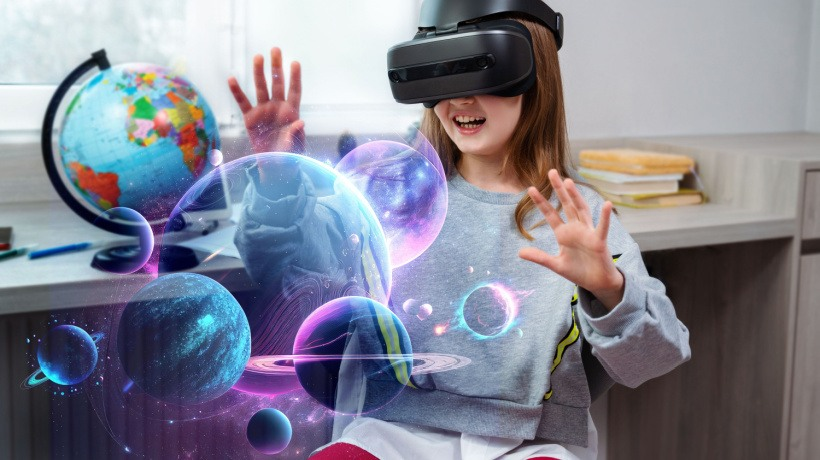
The world of education is always in flux, with new methods and technologies gearing up to revolutionize the way knowledge is acquired and shared. One such technology at the forefront of this educational renaissance is Augmented Learning (AL). Augmented Learning refers to an educational system that enhances (or augments) the learning experience by using technology to provide assistive information in real-time. This approach is fast gaining momentum, and here’s an argument advocating for its widespread use.
Augmented Learning combines the real world with virtual information to create a unified learning environment. With the help of augmented reality (AR), learners can interact with 3D models, data overlays and situational simulations which significantly bolster engagement levels. Considering that engagement is directly proportional to retention, it could be argued AL transforms learners from passive recipients of information to active participants in their educational journeys.
Furthermore, Augmented Learning provides contextual learning experiences. By superimposing digital information on real-world settings, concepts become more comprehensible for students as they can visualize abstract theories in tangible forms. For example, medical students can study human anatomy in great detail without needing physical cadavers, or history students can explore ancient ruins reconstructed virtually on their present-day sites. This contextualization aids in faster understanding and long-lasting knowledge retention.
Inclusion is another powerful argument for AL. Traditional learning environments may not cater equally to all types of learners. However, AL’s customizable nature enables it to address various learning needs — be it visual, auditory, kinesthetic or reading/writing preferences. Through personalized learning paths facilitated by AL technology, the barriers that students with different learning styles face could potentially be dismantled.
Another aspect where AL shines is its ability to update educational content quickly and seamlessly. Textbooks and curricular material typically take years to update; however, AL applications can incorporate the latest scientific discoveries or historical findings almost instantaneously. This ensures learners are always at par with current information.
Finally, as we pivot towards a global economy increasingly driven by technology, education must keep up to pace with pertinent skillsets required for future job markets. Augmented Learning not only introduces students to advanced technology but also fosters critical skills like problem-solving and analytical thinking through interactive scenarios.
In conclusion, Augmented Learning presents an unparalleled opportunity to make education more effective, engaging, inclusive and up-to-date with current trends. Incorporating AL into educational strategies will better equip our students—not just for academic success—but also for thriving in a future where flexibility and adaptability are key survival skills in a tech-centric world. Therefore, educators and policymakers ought to embrace Augmented Learning as not just a technological enhancement but as an educational imperative for the upcoming generations.
